However, we should all know the major ones at least!
Sabahans celebrate Kaamatan on 30 and 31 May, while those in Sarawak celebrate Hari Gawai on 1 and 2 June every year.
To be honest, we didn't know much about the festivals beyond them being harvest festivals before this article either, but at least now we know lah.
Kaamatan
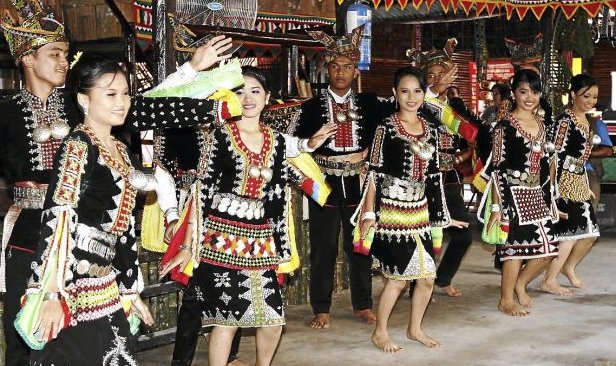
Honouring the bond between creator and creation
While Kaamatan is essentially a harvest festival, it is also one that honours the bond between the creator and creation. According to Kadazandusun Cultural Association Malaysia KDCA) website, the festival is "about Kinoingan’s (God’s) love; the beauty of His creations; the emergence of sin and the curse of hell, and the conception of sacrificial love for the realization of salvation.
"It embodies the principal acts of invocation of divinities, appeasing, purification and restoration, socio-spiritual re-union, sharing of harvests/blessings and thanksgiving to the Source of All."
The legend
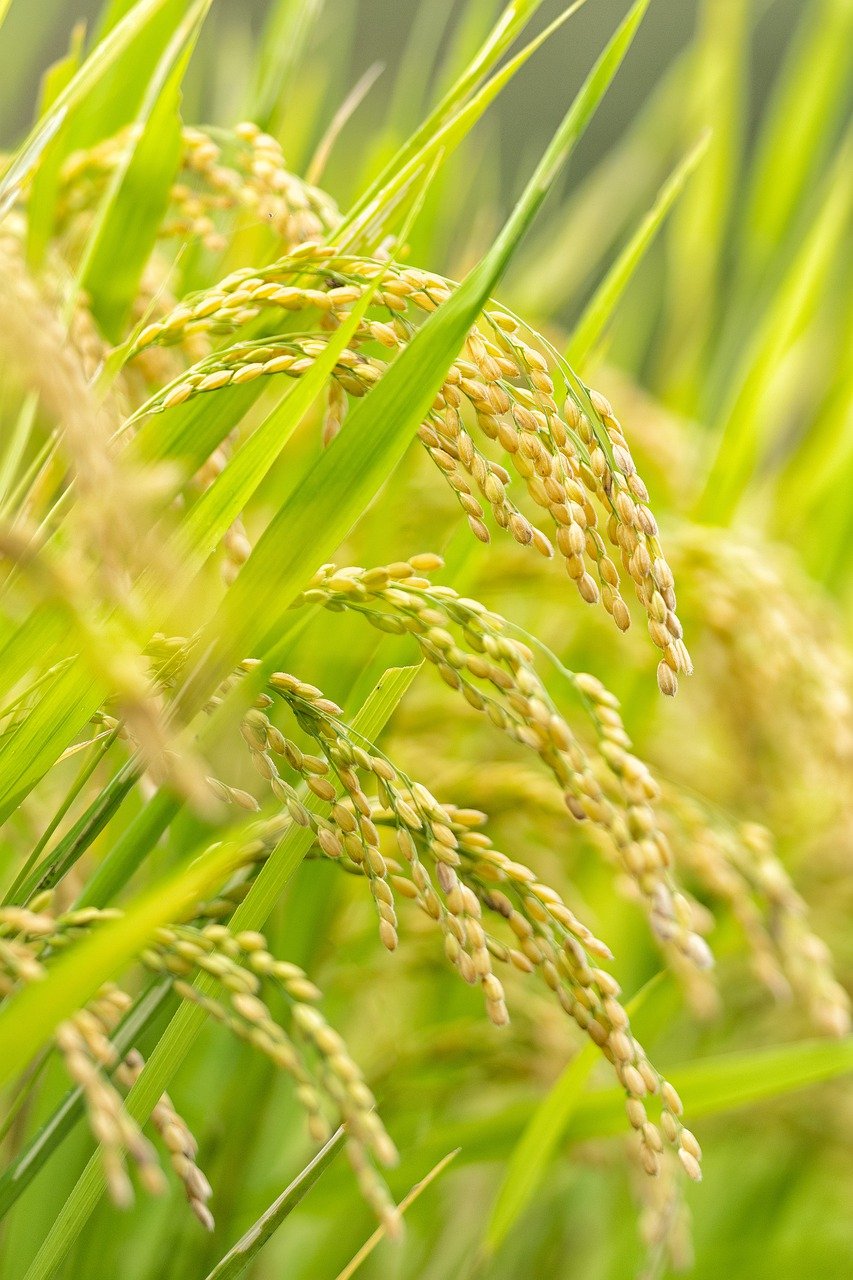
According to the legend, Kinoingan (God in the Momolian religious system) sacrificed his daughter Huminodun by cutting her into pieces and sowing her flesh all over the ground, which became paddy.
Kinoingan is said to have sacrificed his daughter to feed the people who were starving due to a great famine. It is believed that Huminudon's spirit is embodied in paddy.
The spirit is known as Bambarayon or Bambazon, and is honoured during Kaamatan.
Rituals and celebration

Nowadays, Keaamatan is as much a social and cultural celebrations as it is a religious one. Although Kaamatan falls on 30 and 31 May, the rituals and celebrations often starts before.
"Invocation and appeasing is done in respect of Bambarayon, Deities, Divinities and Spirits, who may have been hurt by human wrongful acts.
"Purification is performed in respect of human and spiritual needs for forgiveness followed by resolutions to make themselves worthy of the gifts of life from God.
"Restoration in necessary to ensure the health and wellbeing of Bambarayon, Sunduan (human spirit) and other spiritual beings," KDCA explains on it's website.
Reunion is held during this time and the period is also dedicated for thanksgiving.
Although Kaamatan has a deep religious meaning to it, the state and nationwide celebrations tend to focus more on the social, cultural and festive aspect of it.
This includes Mipulos (hand wrestling), Migayat Lukug (Tug of War) and Sugandoi (singing competition).

The festivities often ends with Unduk Ngadau, a beauty pageant to pay tribute to Huminodun.
Like any festival in the world, food is also a major part of Kaamatan, so if you ever get the chance to celebrate with fellow Malaysians, don't forget to try the 'hinompot' (rice cooked and wrapped in leaves), hinava (a dish made of fish, lime juice, bird's eye chili, sliced shallots and grated ginger) and nomsom bambangan (a type of mango pickle).
For those who can consume alcohol, rice wine such as tapai and lihing are must tries. Just make sure you're not driving anywhere after!
Gawai Dayak
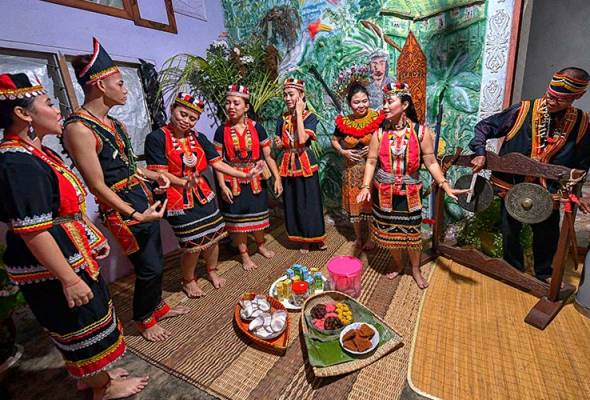
Giving thanks
Similar to Kaamatan, Gawai Dayak is also a harvest festival traditionally celebrated by the Dayak people. Dayak is a term used to refer to the indigenous people of Sarawak including those of Iban, Bidayuh and Orang Ulu ethnicity. Gawai is a social and religious celebration held to give thanks to the Gods once the rice harvesting season is over.
Although the peak of the celebration is on 1 and 2 June, the preparations for the festival starts almost a month prior, and the eve of the festival is just as merry.
The preparations
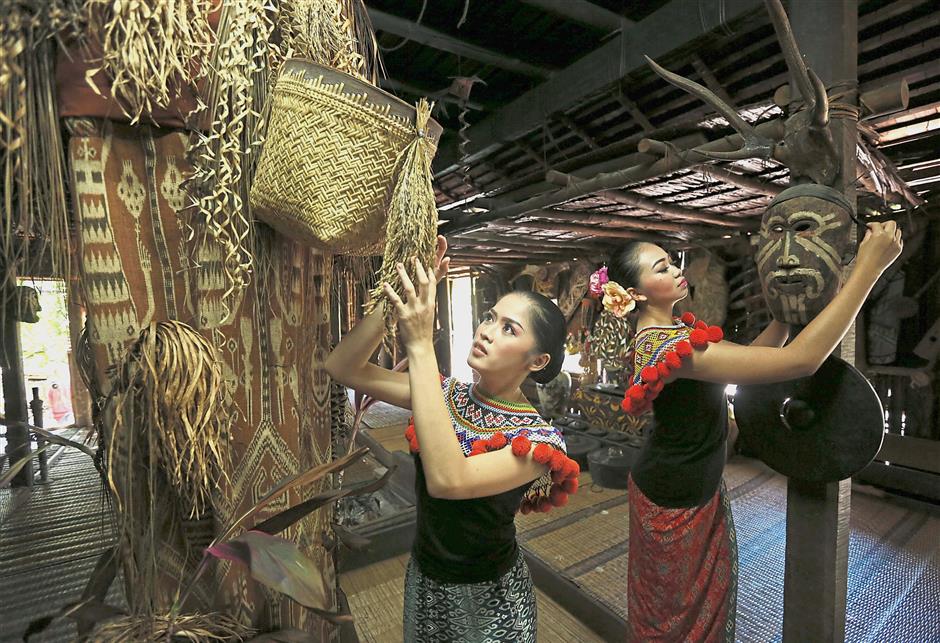
In the days before Gawai Dayak, those living far from home return and preparations begin. Longhouses are given an extra spruce and the bilek (rooms) are decorated with handicrafts such as pua kumbu (hand-woven ceremonial blanket) and kain kebat (tied cloth).
Ranyai or tree of life is also erected in the common area of longhouses.
Families also visit the graves of their ancestors to pay respect to clean and make offerings.
Rituals and celebrations
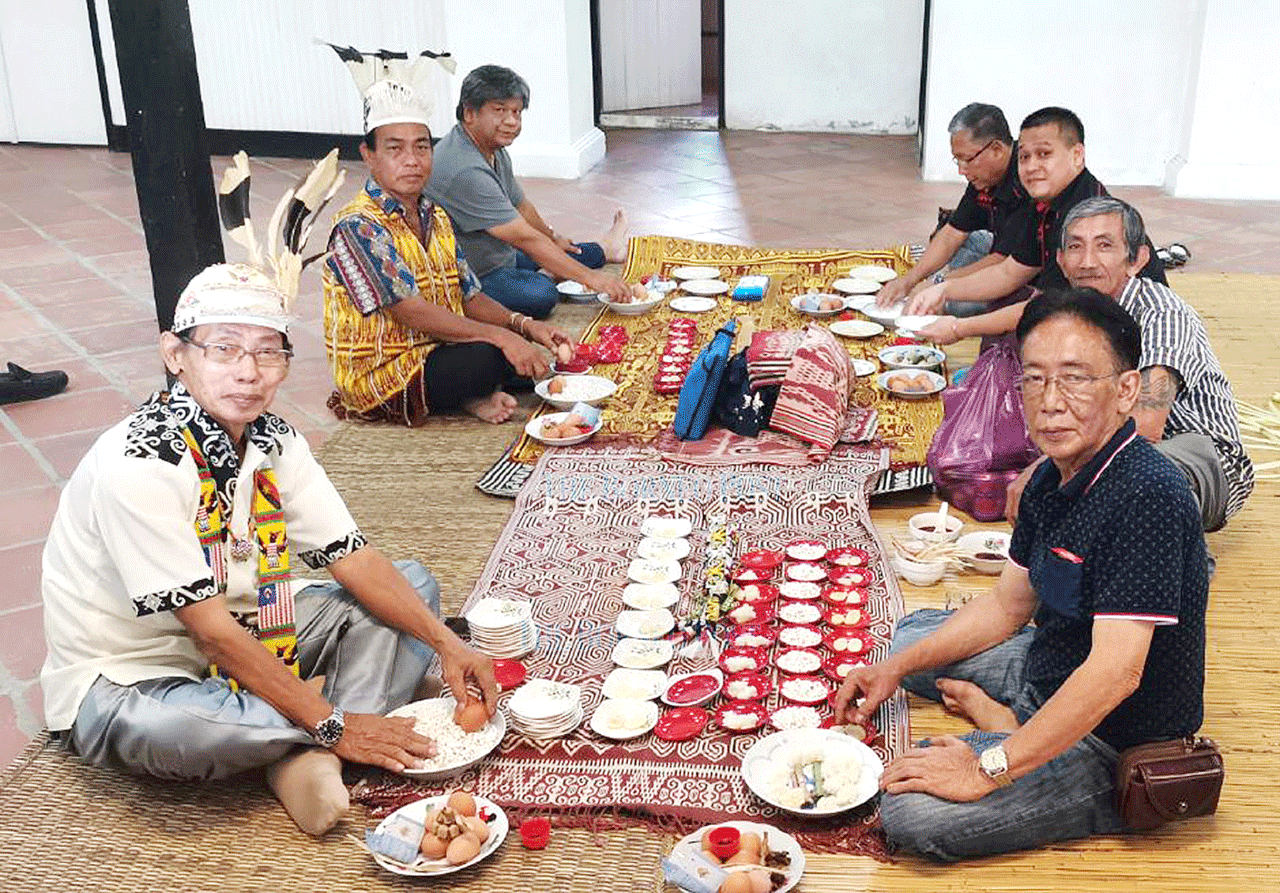
The rituals and celebrations may somewhat differ but these are some of what you can expect if you're lucky enough to join in a Gawai celebration.
Usually (especially when there's no pandemic) the locals are very friendly and will be happy to have you join in the celebrations, so just ask one of your Sarawakian friends if you can visit.
On the eve of Gawai, the rituals starts with Muai Antu Rua, where two children or men will drag a chapan (winnowing basket) in front of each family's bilek to collect unwanted items which are then tossed to the ground at the end of the longhouse for the spirit of bad luck. This is done to cast away the spirit of greed.
Some of the tribes that live in interior parts of Sarawak also go hunting, trapping, fishing and more for meat, fish and vegetable that'll be served during the festival.
As the sun sets on the eve of Gawai, miring (offerings) rite will be held, where "Feast Chief" will lead the ritual by thanking the Gods for harvest, asks for guidance, blessings and a long life before sacrificing a cockerel.
This is followed by dinner, where delicious food are served alongside rice wine (tuak). Some of the traditional food that are served on the day are penganan (cake made of rice flour, palm sugar and coconut milk), pansoh or lulun (meat cooked in bamboo) and many more.
Around midnight, a procession is done inside the common area of a long house where people walk up and down the ruai seven times to welcome the spirit God.
At the stroke of midnight, a gong is beaten to get everyone's attention. The tuai rumah (chief of the house) or "Feast Chief" will lead the drinking of Ai Pengayu (usually tuak) and wish everyone.
That ends the ritual part of Gawai. The rest are more about celebration which may include music and dancing, as well as competitions.






